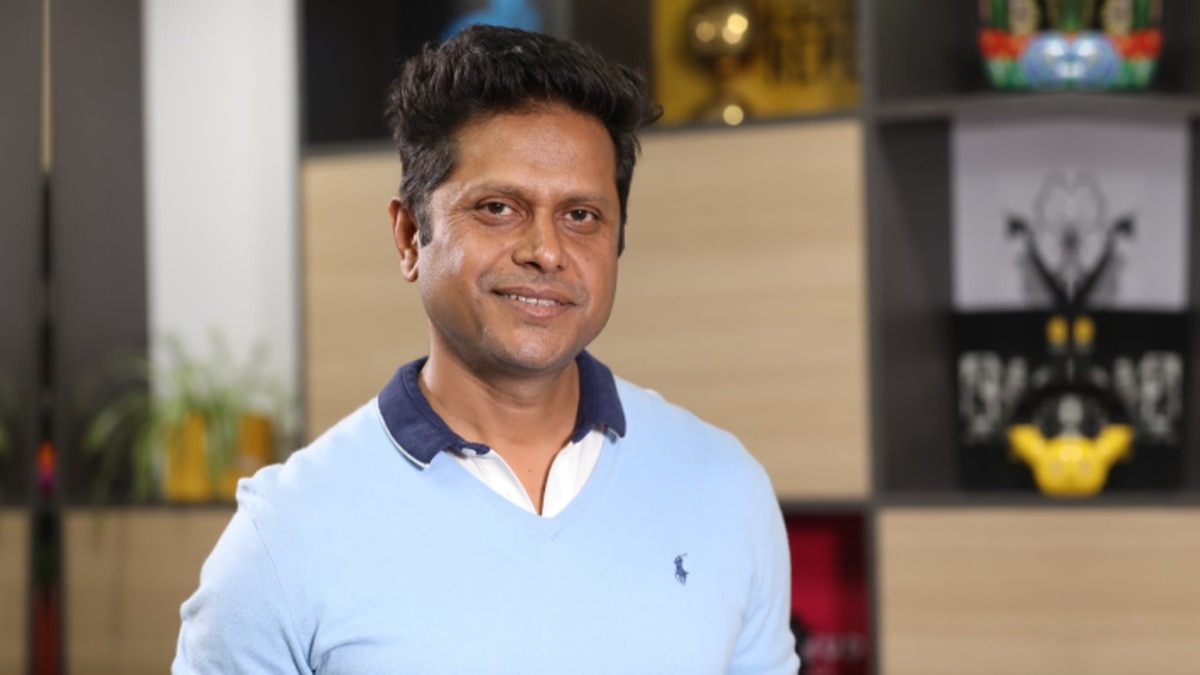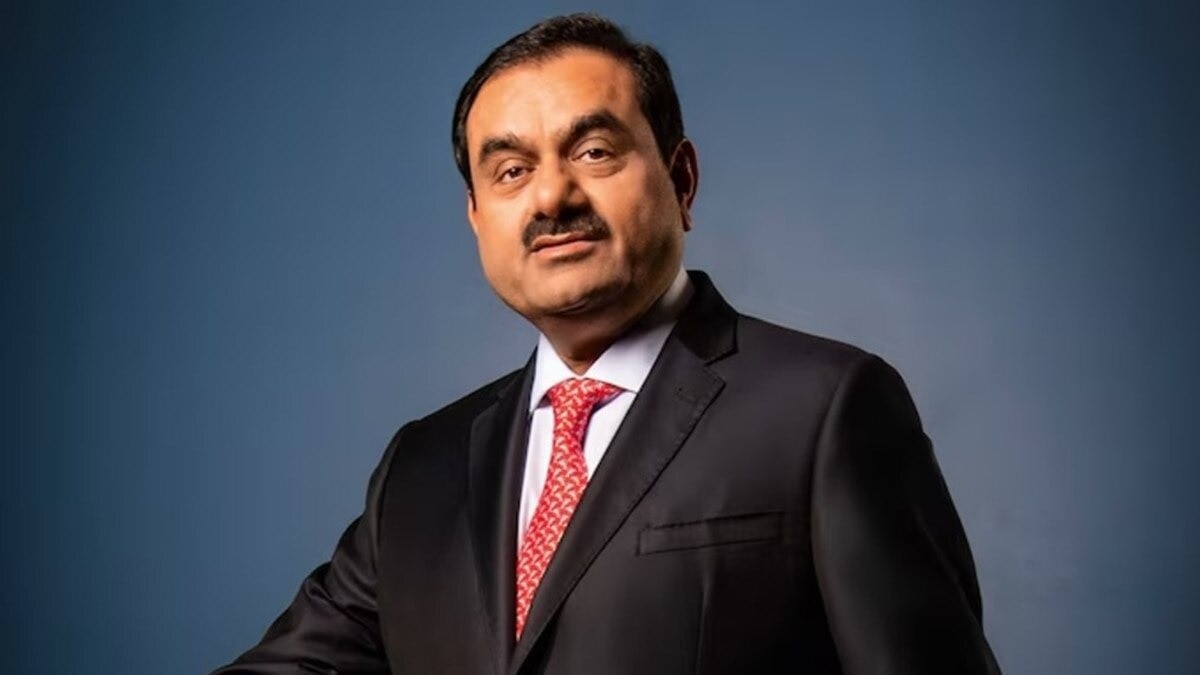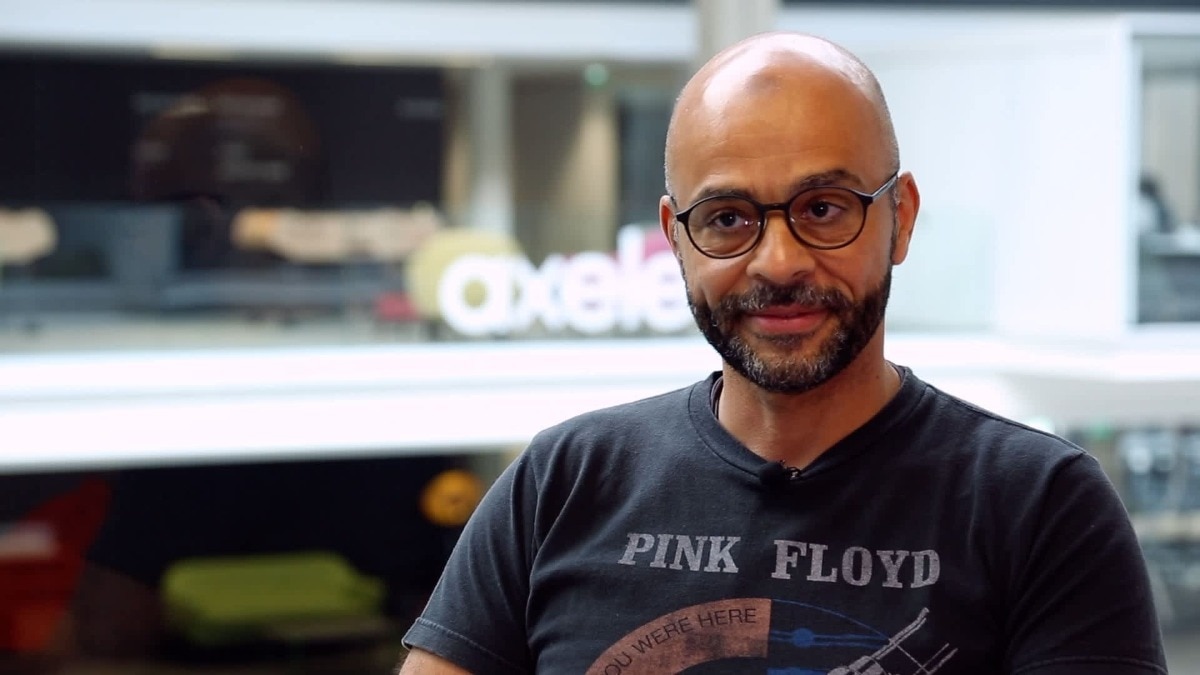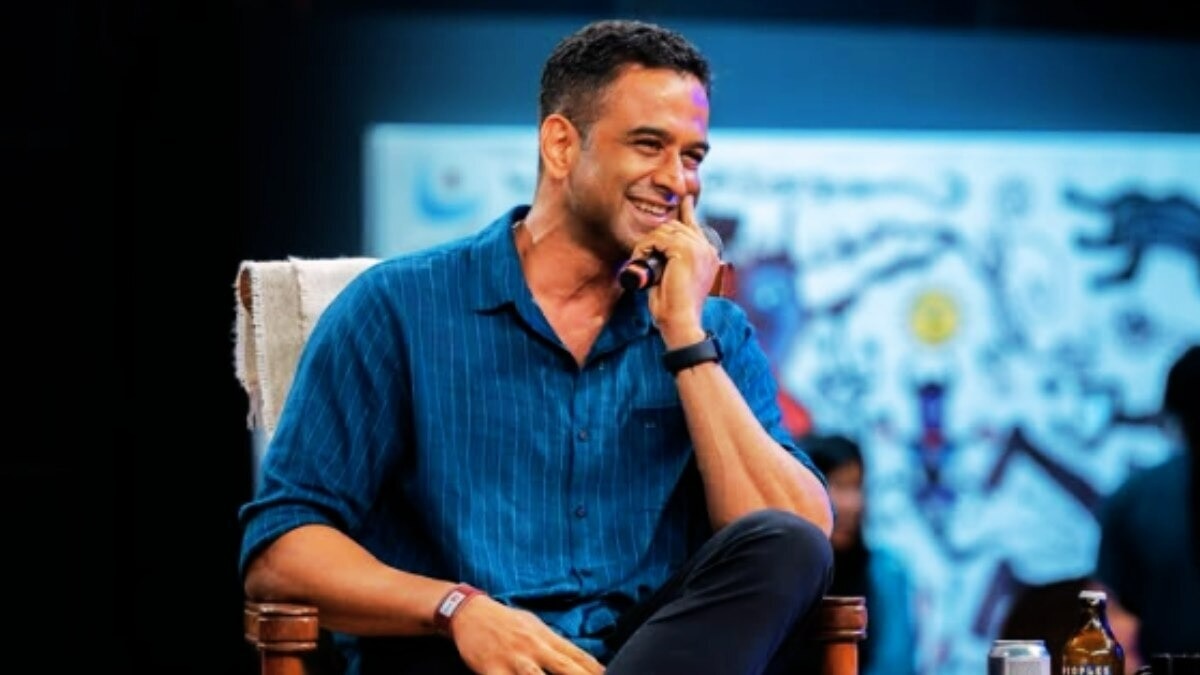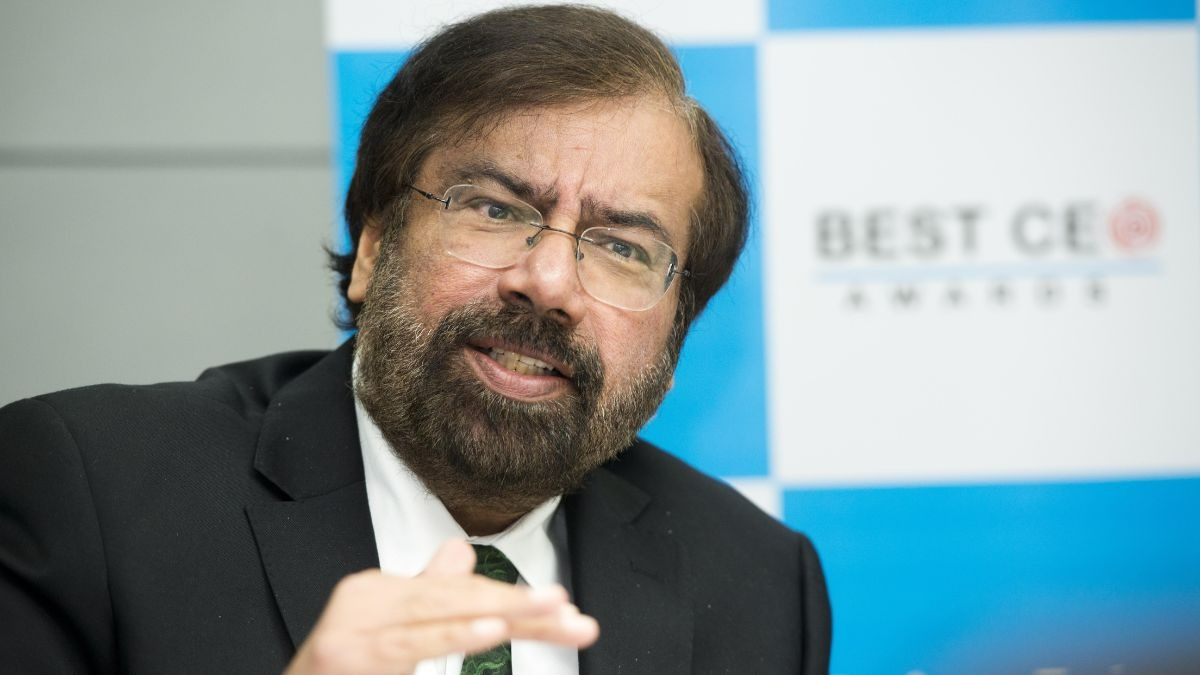India’s Deeptech Ambitions: A Shift Toward Innovation
India is making significant strides in developing its indigenous capabilities in deeptech, intellectual property, and product innovation, moving beyond its established role as a global technology services hub. This transformation is highlighted by a dynamic startup ecosystem, a wealth of engineering talent, and a consistent commitment to strategic policy initiatives.
Despite these advancements, the transition of innovations in areas such as autonomous vehicles, drones, artificial intelligence, defence technologies, energy security, space, quantum technology, and security systems from laboratory settings to market leadership poses considerable challenges. By learning from the experiences of pioneers like the US and China, the Government of India (GOI) must urgently establish strong foundations to fulfil its deeptech ambitions.
Government as Grant Provider and Key Customer
The Government of India’s commitment to deeptech is robust at a rhetorical level but still lacks the necessary practical implementation and scaling efforts. Supporters of the GOI might note the considerable shift in focus towards fostering homegrown deeptech capabilities; however, the actual mechanisms needed for tangible assistance remain mired in bureaucratic obstacles.
There’s no need to reinvent the wheel when it comes to this model; India can adopt successful strategies from other economies valued at over $5 trillion to operate at the required pace.
The technological dominance of the US has been established over decades and continues to attract top talent due to vigorous bipartisan support for investment in maintaining this edge. Multiple US agencies, including DARPA, BARDA, NSF, NASA, and the Department of Defence, have collectively funneled trillions of dollars into national R&D across universities, corporations, and startups. These agencies also commit substantial procurement budgets to support commercial viability.
An often-cited example of this approach is how Oracle’s first client for its relational database in the 1970s was the CIA. More recently, Anduril, a defence technology startup, secured several contracts from the US Department of Defence, which included $22 billion for augmented reality defence systems and $249 million for advanced air defence, allowing the company to achieve global relevance almost instantly.
Investing in innovation driven by domestic talent and private businesses, rather than solely relying on public sector units (PSUs), is an established blueprint that should be at the heart of India’s strategy.
China has effectively built its competitive edge against the US in three decades using state-sponsored intellectual property and process onshoring in various sectors, including luxury goods, electric vehicles, smartphones, and high-speed trains. Documented strategies illustrate a comprehensive approach addressing every significant sector of the global economy, particularly focusing on talent and technologies vital for national security and competitive advantage.
Estimates from the FBI suggest that China’s appropriation of American intellectual property costs the US economy between $225 billion and $600 billion annually. A Wall Street Journal study highlighted that Huawei received approximately $46 billion in state-backed loans and around $25 billion in tax incentives from 2008 to 2018, illustrating significant support from the state across multiple sectors.
While China’s methods may violate World Intellectual Property Organization (WIPO) standards and global market norms, its status as a global player in various tech sectors is unquestionable.
Conversely, the GOI has focused on a PSU-led approach since independence, which has not fostered an indigenous innovation framework at the scale necessary for a $4 trillion GDP. In recent years, the current administration has taken notable steps towards revitalising this ecosystem, as seen in the success of the targeted military operation in 2025.
Nonetheless, budget allocations and the necessary follow-up actions are inadequate to meet future demands. India’s recent commitment of INR 20,000 crore (approximately $2.4 billion) to deeptech is a positive start but remains insubstantial compared to the scale and predictability of investments from the US and China. One contract awarded to Anduril alone exceeds India’s entire annual defence R&D budget.
The government’s role as a grant provider, primary customer, and facilitator of procurement for transformative local technology needs strengthening. Initiatives such as iDEX and the IndiaAI Mission are steps in the right direction; however, implementation has not kept pace with the ambitious vision of India’s leadership and the aspirations of its citizens. Securing a pilot project does not guarantee larger-scale outcomes, and many initiatives rely on limited grants or uncertain integration opportunities.
Without significant and direct government investment, India’s deeptech ecosystem will struggle to achieve the financial stability required for global competition. The private sector cannot afford to make long-term investments in technologies that lack established commercial markets. The government must take the lead as the primary driver of grants and as an anchor client, ensuring that domestic deeptech firms can thrive in a secure environment conducive to innovation.
What the GOI Needs to Implement
- Substantially increase both the magnitude and continuity of grants and procurement commitments.
- Significantly improve grant administration by implementing a merit-based process to attract experienced minds from private enterprises.
- Simplify pilot-to-procurement pathways with transparent, time-sensitive frameworks and established teams incentivised to achieve results.
- Create military and civilian test environments in cooperation with the industry and universities, allowing startups and local innovators to test before full deployment.
- Encourage risk-taking among citizens and private enterprises while reducing dependence on PSUs and civil servant-driven planning.
Long-term Policy and Investor Clarity
Deeptech necessitates patient, long-term investment, which only local sources can provide if there is stability in regulations and policies. While the Indian venture capital landscape and family-operated office structures have matured, they predominantly adhere to traditional funding cycles, expecting returns within a decade.
For these investors to substantially support deeptech initiatives, the investment environment must evolve. They require certainty regarding where to invest and whether the necessary policy frameworks will support and scale those companies over the long term.
In contrast, deeptech investors in the US and China function within sophisticated, predictable ecosystems, bolstered by governments that have laid out decades-long industrial policies complemented by clear regulations, tax benefits, safe harbour provisions, and guarantees for market creation.
The CHIPS and Science Act in the US, for instance, allocates $280 billion for federal investment in sectors like semiconductors, AI, and quantum technology, paired with comprehensive plans for implementation over five years. Meanwhile, in China, state-supported guidance funds, such as the $47.5 billion big fund or the National Integrated Circuit Industry Investment Fund, amalgamate equity investments with subsidised loans, tax exemptions, and government contracts, giving investors long-term visibility for revenue growth and scaling potential.
The GOI must rebuild trust in its policies and processes, taking proactive steps to foster this confidence. Indian investors contend with a landscape marked by ambiguous regulations, unpredictable IP rules affecting dual-use technologies, and uncertain procurement flows. This situation creates a shortage of “15-year thesis” capital essential for establishing deeptech giants.
India’s Deeptech Innovation: Foundation Setting For The FutureIndia’s Deeptech Innovation: Foundation Setting For The Future
India’s deeptech innovation landscape faces significant challenges due to follow-through delays, such as the National Deep Tech Startup Policy announced in 2023 but still not operational. These delays deepen the concern among Indian long-term capital providers that policies in India often fail to be executed within the timely frameworks innovation cycles require. If the Government of India (GOI) is genuinely aiming to collaborate with private businesses and local capital, it must acknowledge these issues and work on building the necessary bridges.
What The GOI Must Do
Safe Harbour Provisions For Stability
The government needs to provide comprehensive, long-term regulatory and incentive roadmaps across various industries. Protecting against retroactive policies, changes in taxation, and regulatory shifts will help mitigate baseline risks. For instance, establishing the Production-Linked Incentive (PLI) guidelines as a 10-year policy with non-cancellation protections would be highly beneficial for boosting significant capital expenditure investments in the country’s enterprises.
Incentive Frameworks
The introduction of tax incentives, co-investment funds, and R&D grants that reward long-term investments in deeptech sectors, energy security, and National Mission aligned companies is essential. Such frameworks should resemble the US’s Qualified Small Business Stock (QSBS) exemption.
Transparency
To instil confidence in investors, the government should publish a 15-year roadmap addressing deeptech, energy, food security, manufacturing, and other key areas. This should include sector-specific frameworks for export, dual-use, and intellectual property support.
Building Integrated Ecosystems: The Role Of PSUs, Universities And Industry
No nation excels in deeptech without an effective innovation ecosystem. Examples from Israel’s Iron Dome, America’s defence industrial base, and the Make in China 2025 strategy highlight the impact of collaboration among universities, industry, and government. India requires its own version of a military industrial complex that does not rely solely on Public Sector Undertakings (PSUs) and governmental employees.
Historically, Indian PSUs have engaged in closed-loop development cycles over decades, often plagued by issues like corruption and inefficiency. A shift towards reimagining PSUs as incubators for home-grown innovation could transform this scenario.
PSUs and organisations like ISRO, DRDO, HAL, and BEL have the potential to play a key role in partnering with startups and private enterprises for co-development and systems integration. Universities, especially institutions like IITs and IISc, can facilitate the transition from lab-based research to market-ready products through effective incubators and technology transfer offices.
Successful models already exist, such as Israel’s collaboration between startups and intelligence testbeds for cybersecurity, or university-industry partnerships in the US involving Stanford and Silicon Valley. Indian universities sit on a wealth of research and possess much of the country’s best talent, yet their innovations seldom make it to market and the most gifted individuals often pursue opportunities abroad.
Major Gaps
Systems Integration
Many Indian startups continue to develop standalone solutions. Effective operational deployment necessitates integration with existing defence and civilian systems, which calls for joint testbeds and standardised protocols.
Testing Infrastructure
Access to live-fire ranges, operational networks, and realistic testing environments is limited for most startups. This leads to late-stage identification of flaws, driving up costs and diminishing confidence among founders and investors.
Talent And Trust
While India’s founders and innovators possess significant technical skills, they often lack experience in operational defence or real-world deployment. Conversely, PSU and agency stakeholders tend to regard startups as outsiders, hindering effective collaboration.
Constraints On Universities
India’s top academics face heavy regulation, causing grant processes to move exceedingly slowly. The budget for 2025-26 announced support for research fellowships in AI, yet this initiative arrives three years after the launch of ChatGPT, highlighting a lag in response to the AI arms race.
What GOI Must Do
The GOI should deepen partnerships with PSUs and universities for joint product development, integration labs, and live testbeds. Establishing exchanges among founders, veterans, and PSU scientists will bring operational credibility to startups. Additionally, integrating private sector leaders into advisory roles within PSUs is crucial.
An architecture akin to the National Payments Corporation of India (NPCI) is necessary for each deeptech and innovation vertical, spanning nuclear energy, space technology, materials engineering, and AI.
Supporting modular “dual-use” architectures will allow innovations to cater to both sovereign and civilian markets. Clear specifications regarding sovereign use are needed to channel numerous projects towards universities and corporations for prompt development.
The leadership of GOI grants should be driven by experts from private enterprises, similar to initiatives like Aadhar and UPI, to accelerate research on university campuses nationwide.
The path is clear for the GOI: Integrate deeptech into national policy architecture or risk enduring technological dependency—a situation India has faced for the past 200 years.
To compete effectively in the global innovation arena, India must transition from reactive measures to a proactive, risk-positive approach that embeds deeptech innovation within the very core of state capacity and national strategy. Historically, India’s strengths have included its talent, ambition, and resilience. To convert these into national and global competitiveness in deeptech, the government must urgently establish robust and flexible foundations.
The post India’s Deeptech Innovation: Foundation Setting For The Future appeared first on StartupSuperb Media.
